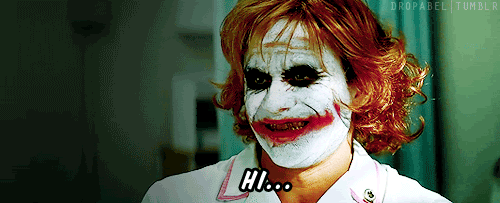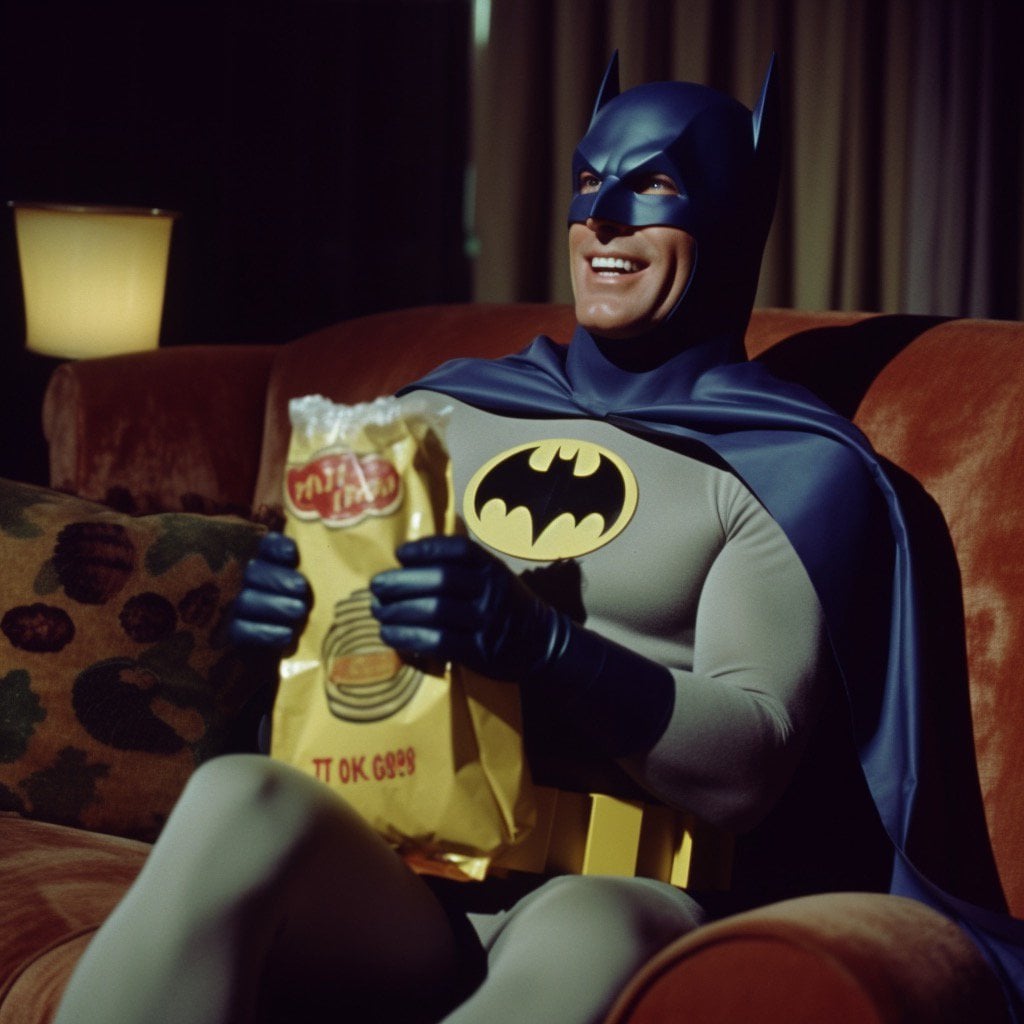OverthrowJosh
Bogey Member
- Joined
- Mar 26, 2024
- Messages
- 57
From my occasional perusing of DGCR threads I've seen a couple recurring misrepresentations of our goals and my lack of knowledge in the sport )i.e. "making stuff up") which is quite funny because it was all the misinformation spread about us on the nose angle thread that lead me here.
I was going to post some funny GIFs (mostly for @Brychanus ) but decided to get down to business instead.
Ask me anything you'd like. I'll respond to any reasonable inquiry assuming you keep my genitalia out of the conversation. I'd rather you ask me a blunt question than boldly assume ill motive on my part.
I was going to post some funny GIFs (mostly for @Brychanus ) but decided to get down to business instead.
Ask me anything you'd like. I'll respond to any reasonable inquiry assuming you keep my genitalia out of the conversation. I'd rather you ask me a blunt question than boldly assume ill motive on my part.
Last edited:


